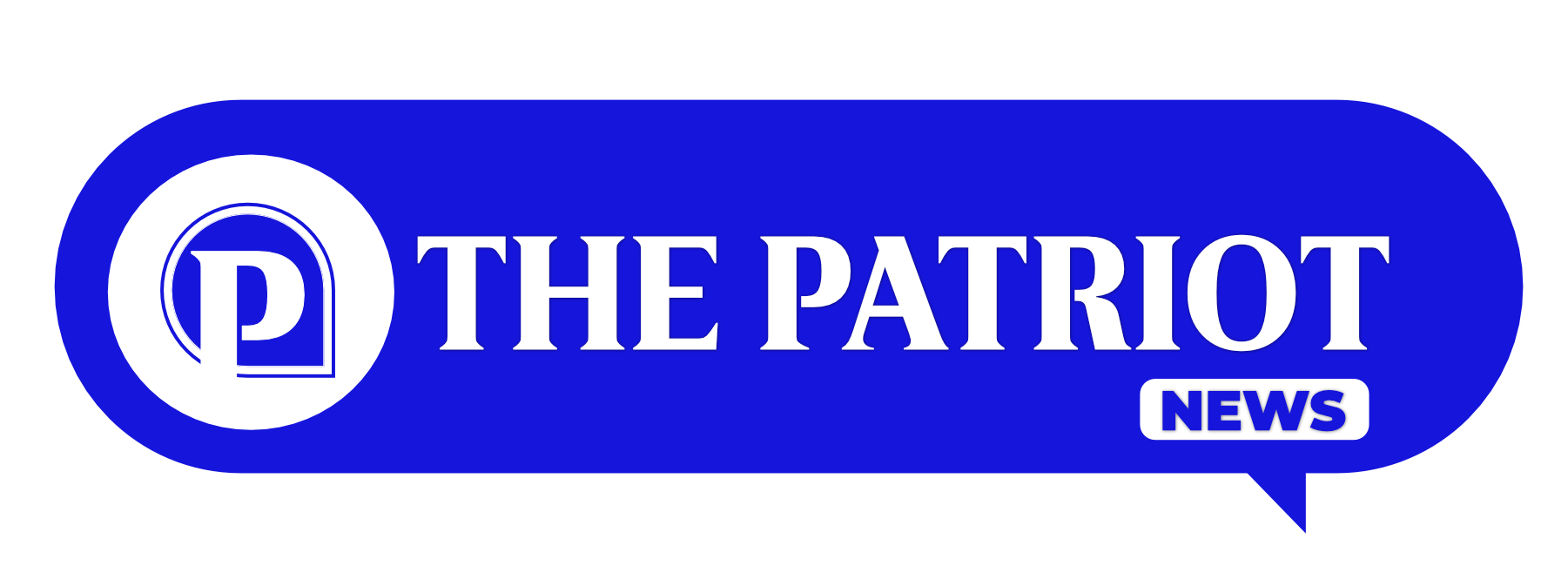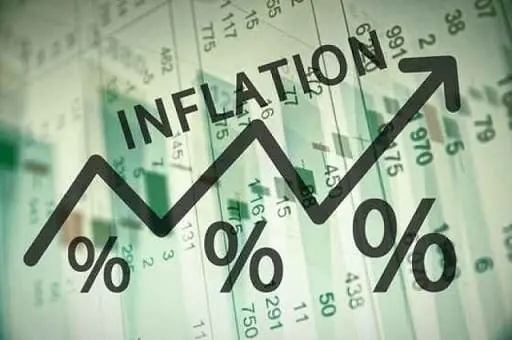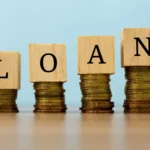ACCRA — Ghana’s annual consumer inflation rate plunged to 9.4% in September 2025, marking the first single-digit figure since August 2021 and the ninth consecutive monthly decline, according to the Ghana Statistical Service (GSS). The drop from August’s 11.5% signals deepening macroeconomic stabilization under President John Dramani Mahama‘s “Reset Ghana” agenda, with easing food prices as the primary driver amid a robust 6.3% Q2 GDP growth and the Ghana cedi‘s 21% year-to-date appreciation against the US dollar.
Government Statistician Alhassan Iddrisu attributed the slowdown to a “sustained shift in prices,” with food inflation easing to 11% from 14.8% in August, reflecting improved harvests and supply chain efficiencies. Non-food inflation dipped to 8.2% from 8.7%, while locally produced items fell to 10.1% (from 12.2%) and imported goods to 7.4% (from 9.5%). Urban inflation stood at 9.2%, slightly below the national average, while rural areas saw 9.8%. The Bank of Ghana (BoG) projects inflation within its 6-10% target by Q4, potentially paving the way for further policy rate cuts after September’s 350 basis point slash to 21.5%.
This milestone arrives as Ghana emerges from the 2022 crisis, which the World Bank recently deemed “self-inflicted” by fiscal excesses, not global shocks like COVID-19 or the Russia-Ukraine war—a rebuke countering defenses from economist Dr. George Domfe. Cumulative reforms, including the IMF’s $3 billion Extended Credit Facility, have bolstered reserves by 41% and halved public debt from GH¢727 billion to GH¢613 billion by mid-year. Yet, with youth unemployment at 13%, the drop offers cold comfort to households facing utility tariff hikes and cocoa sector threats from Ecuador’s projected 650,000-ton output in 2026/27.




